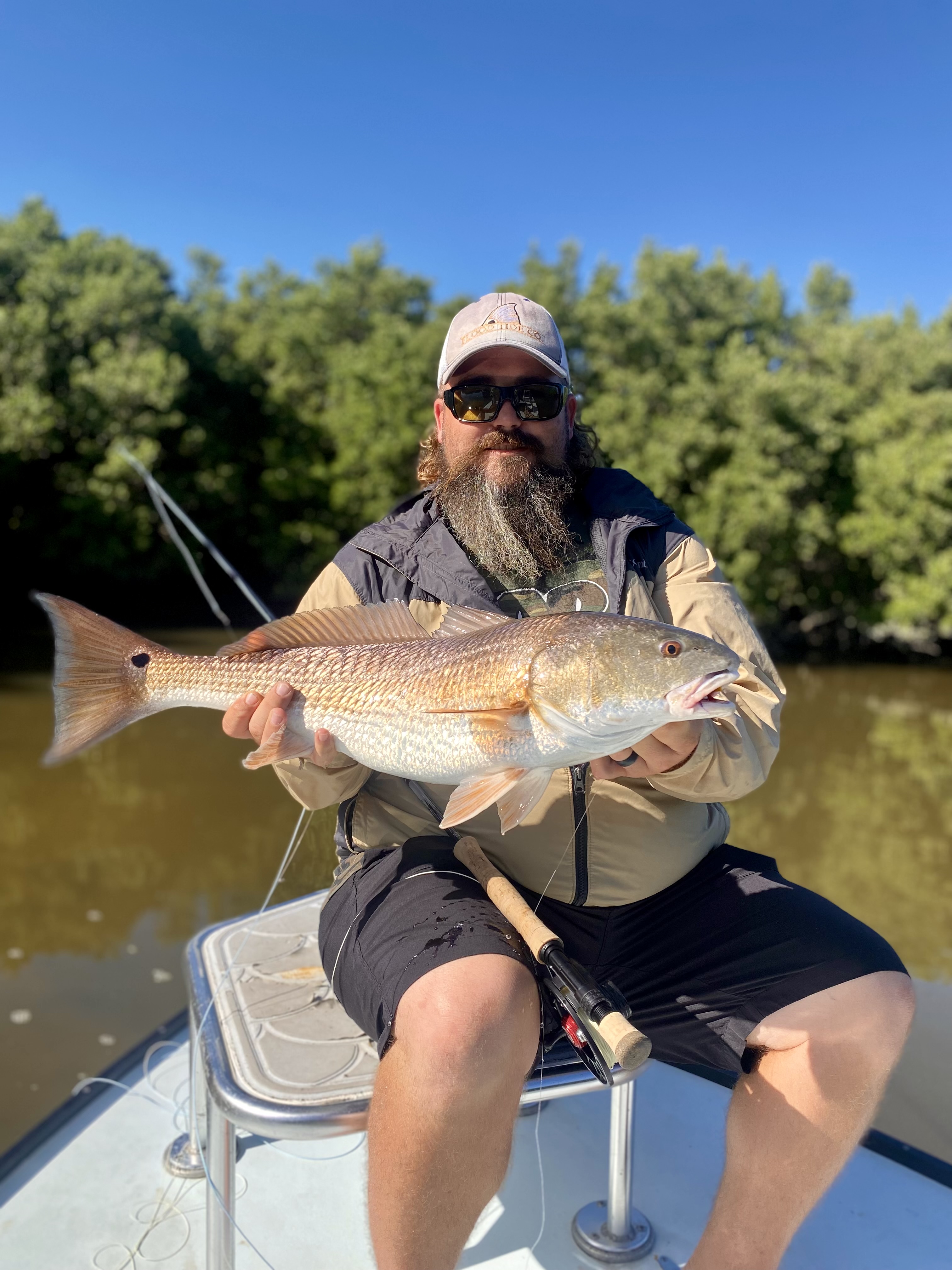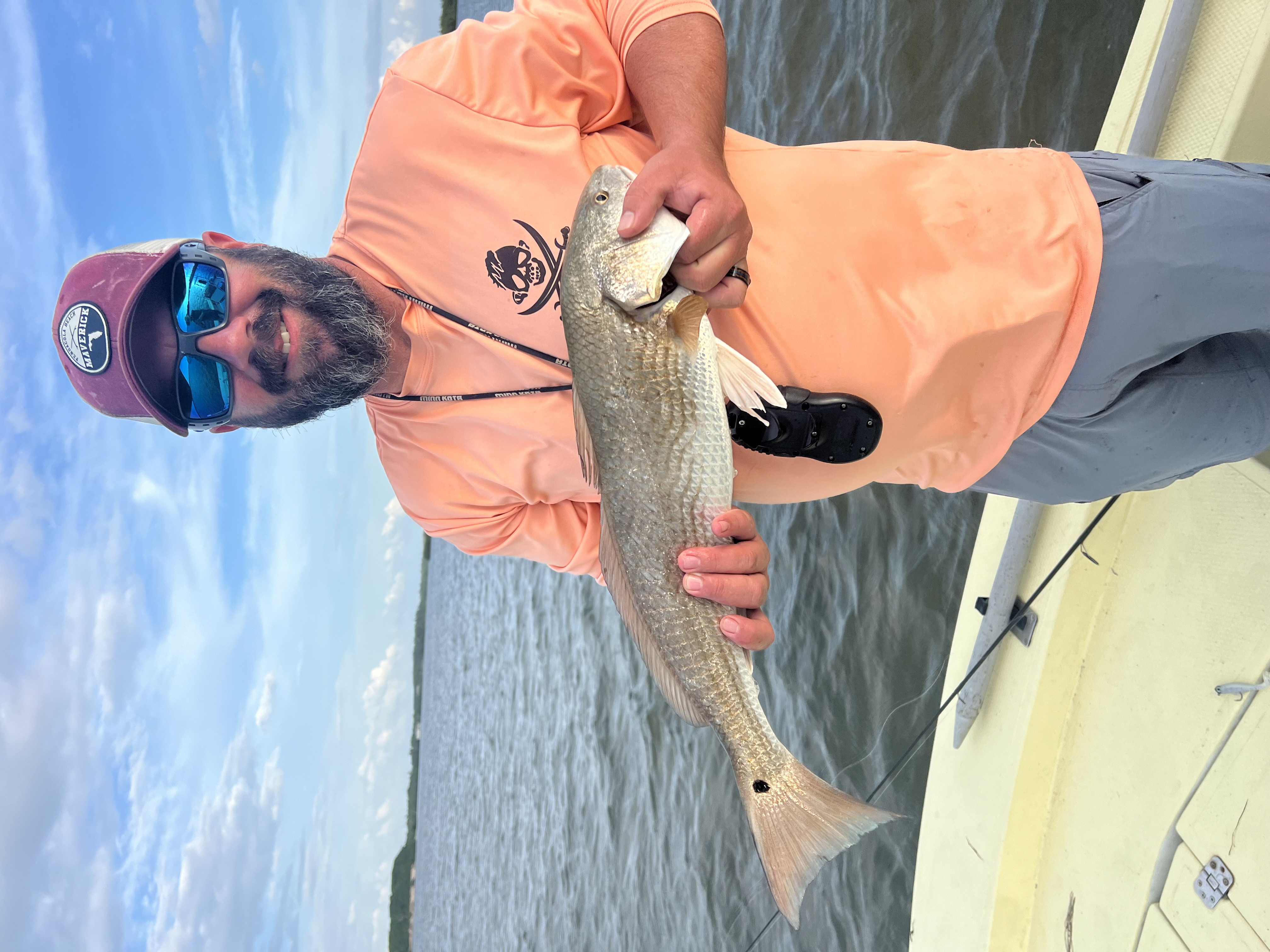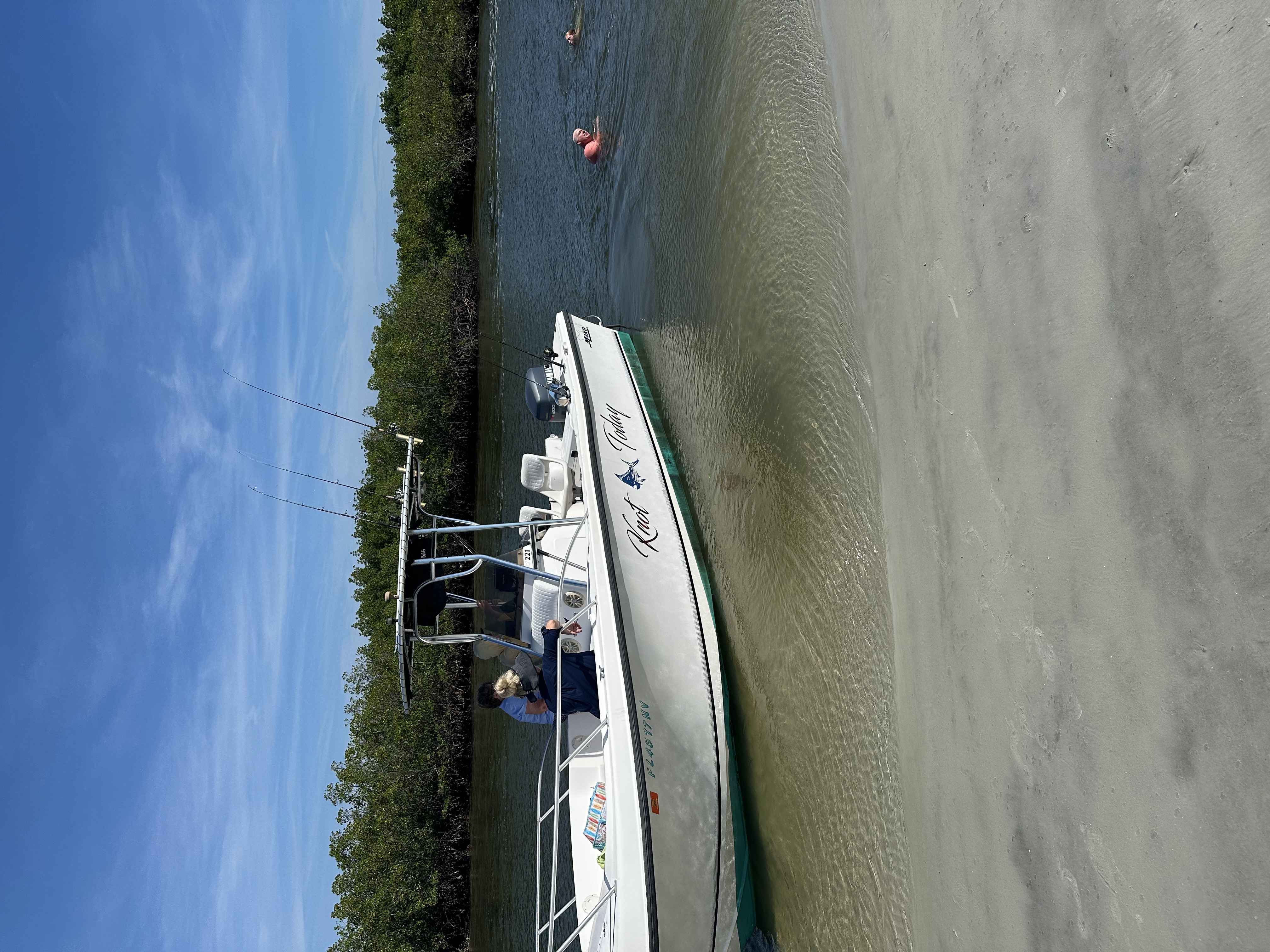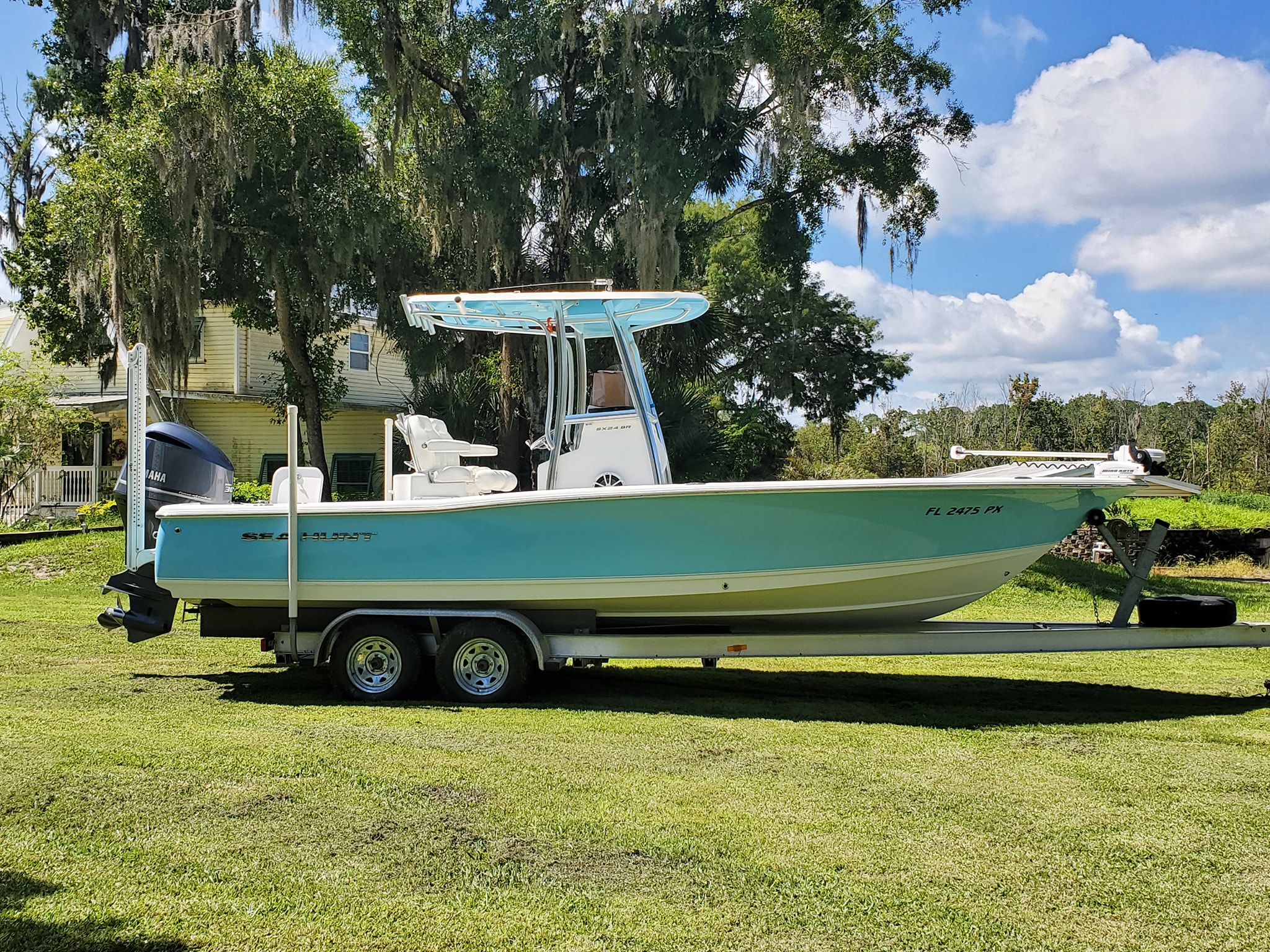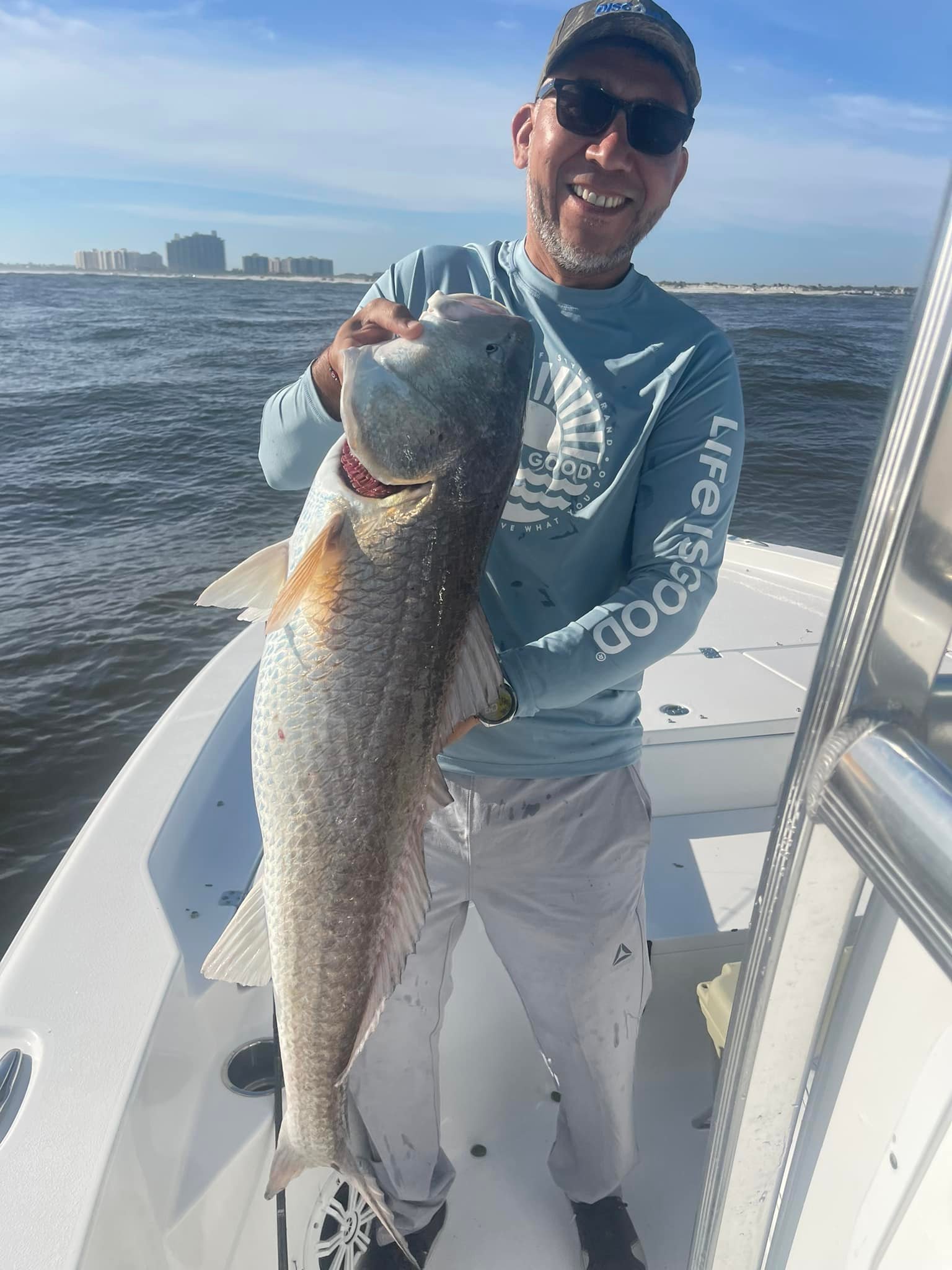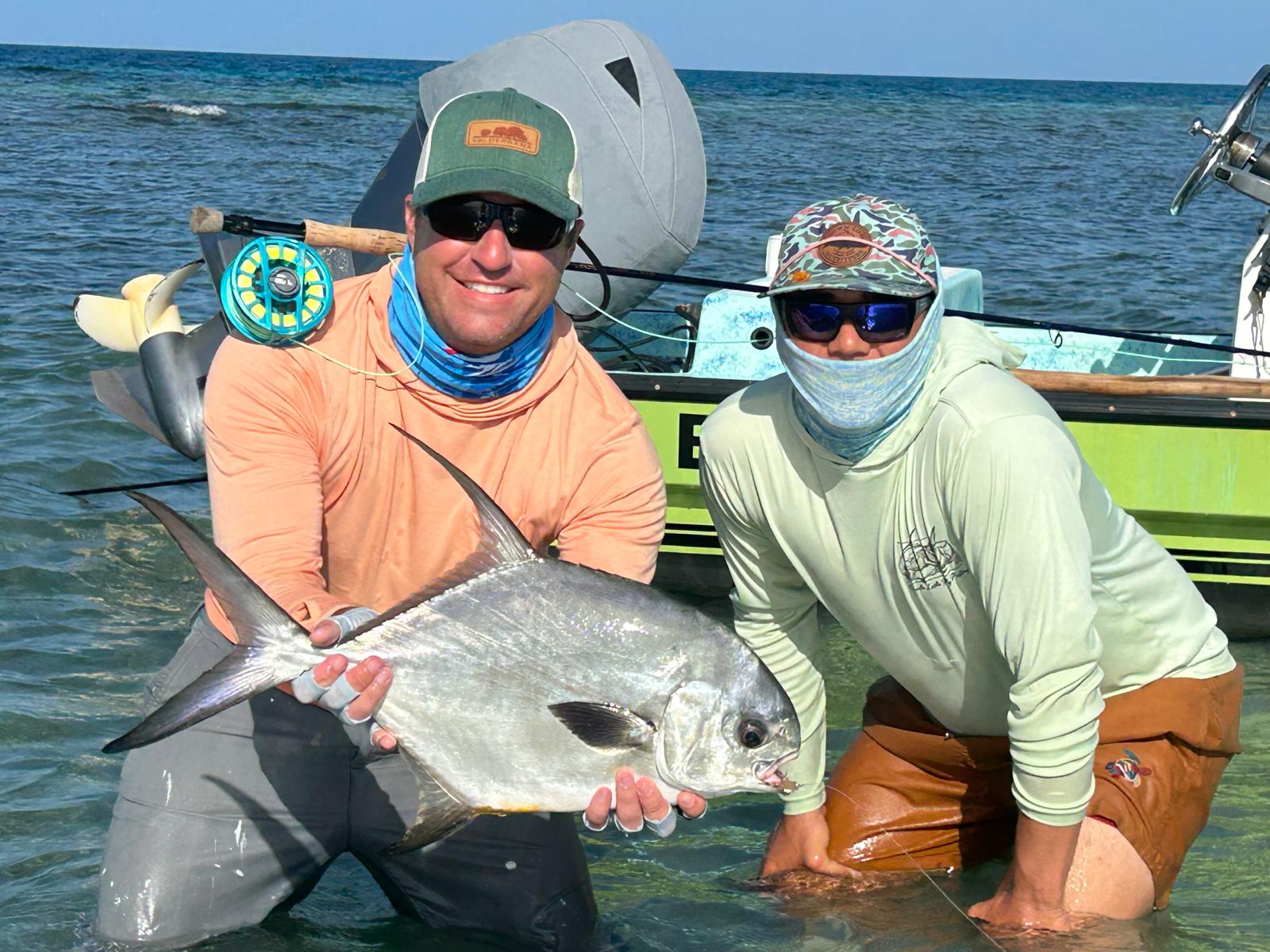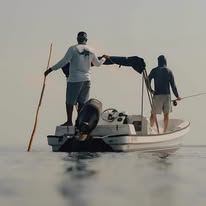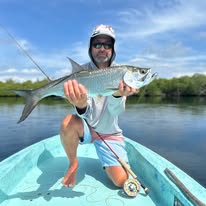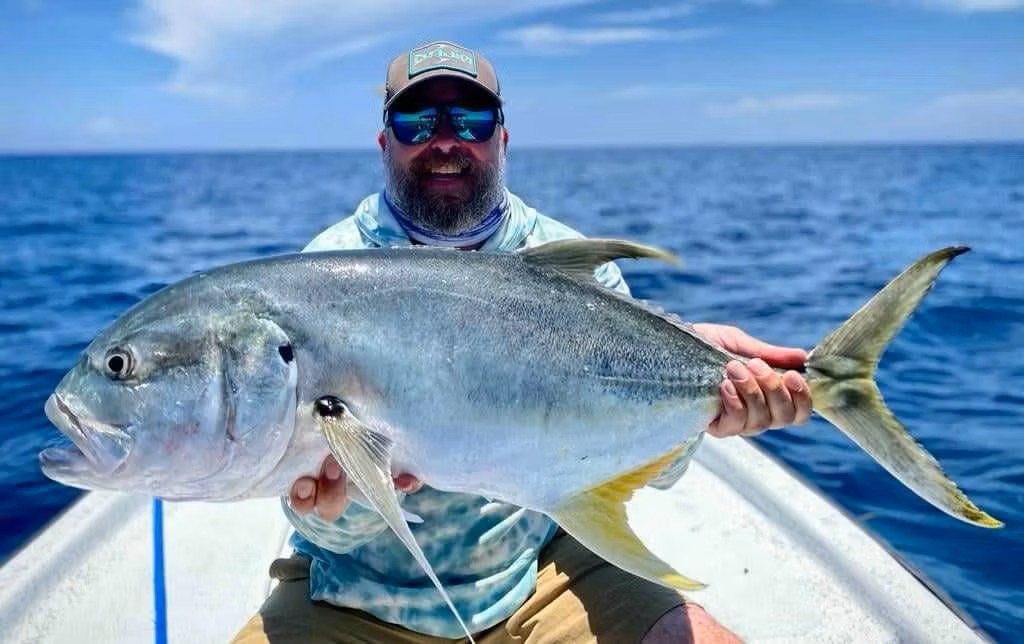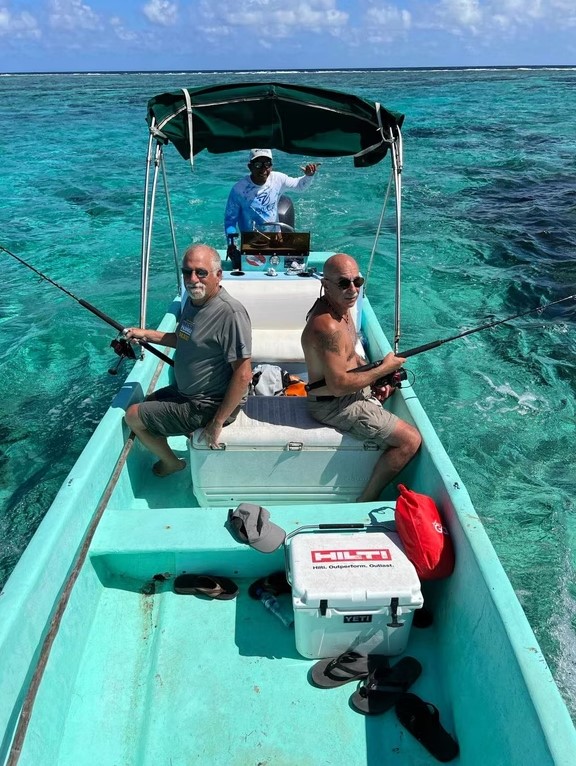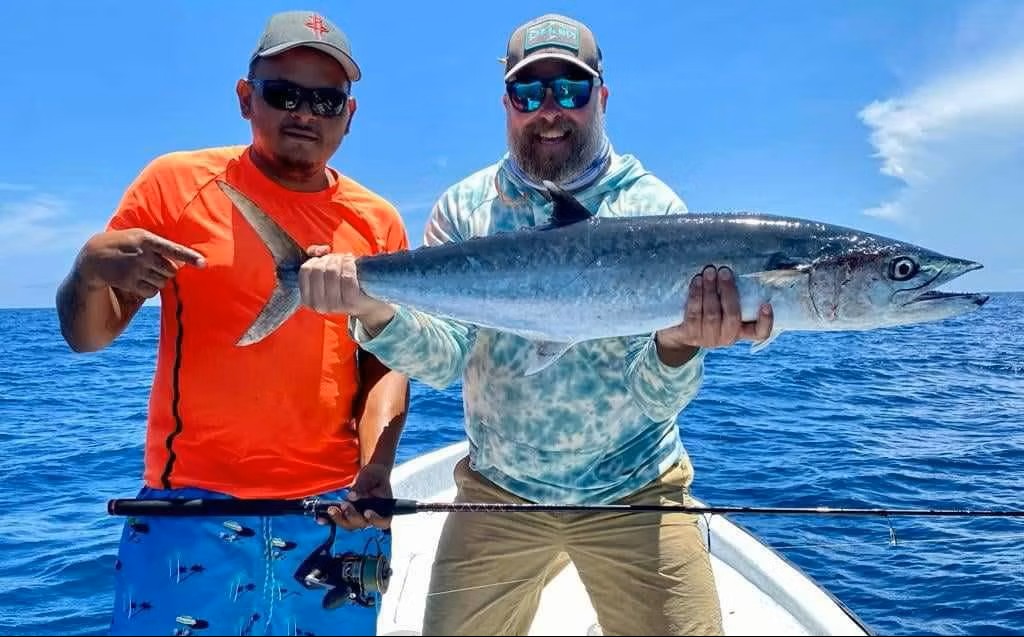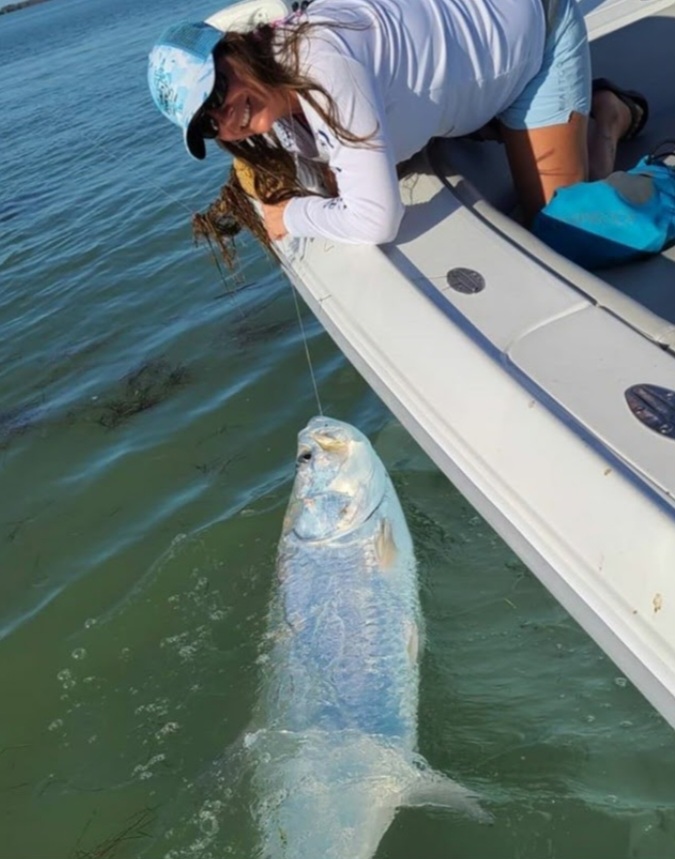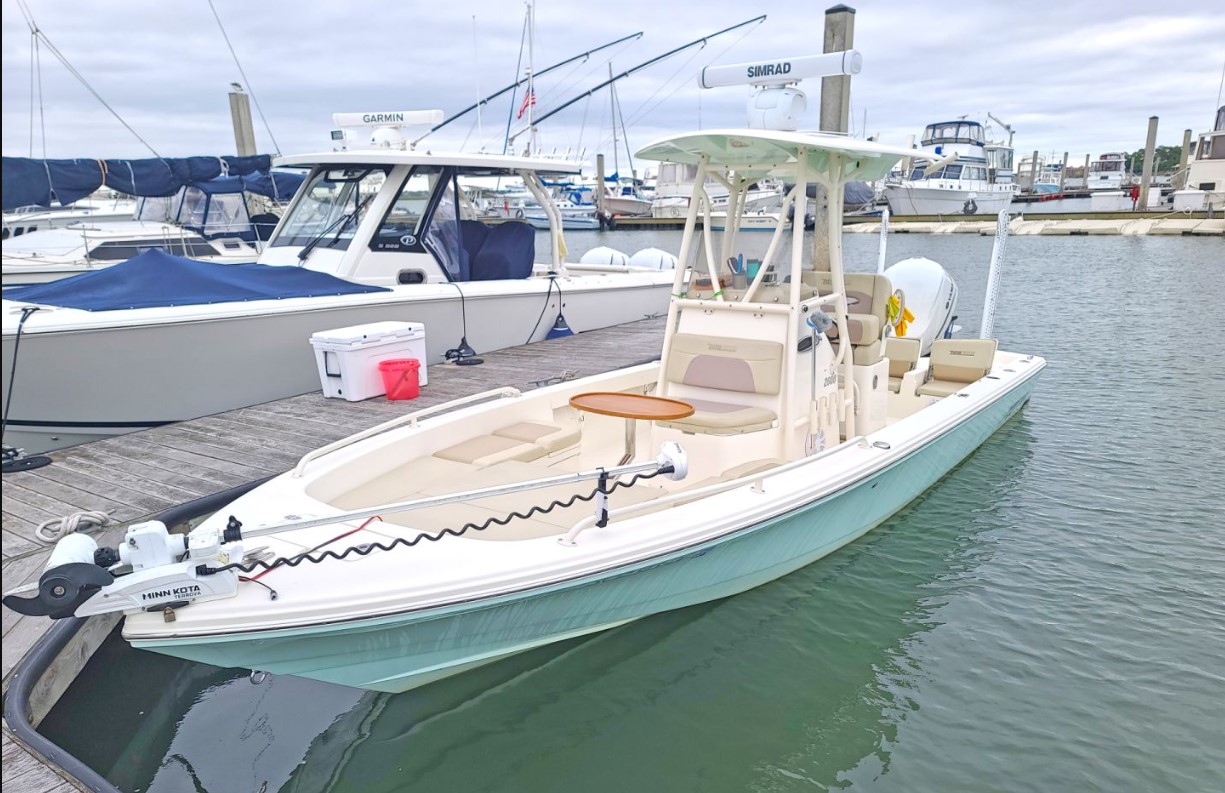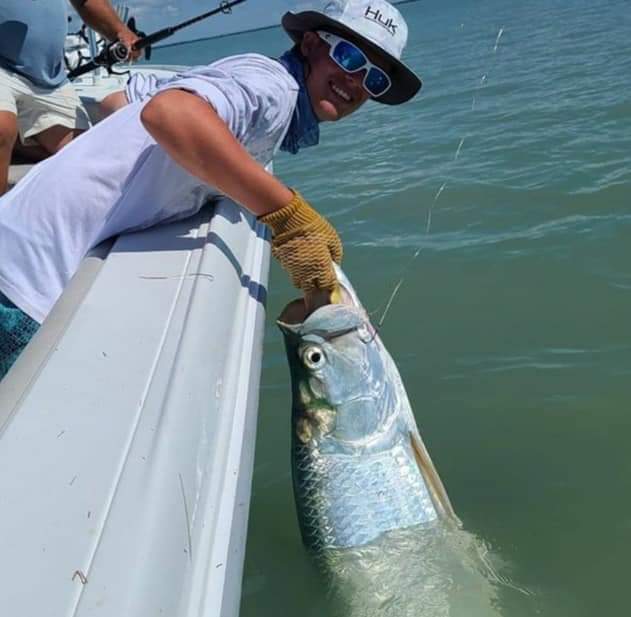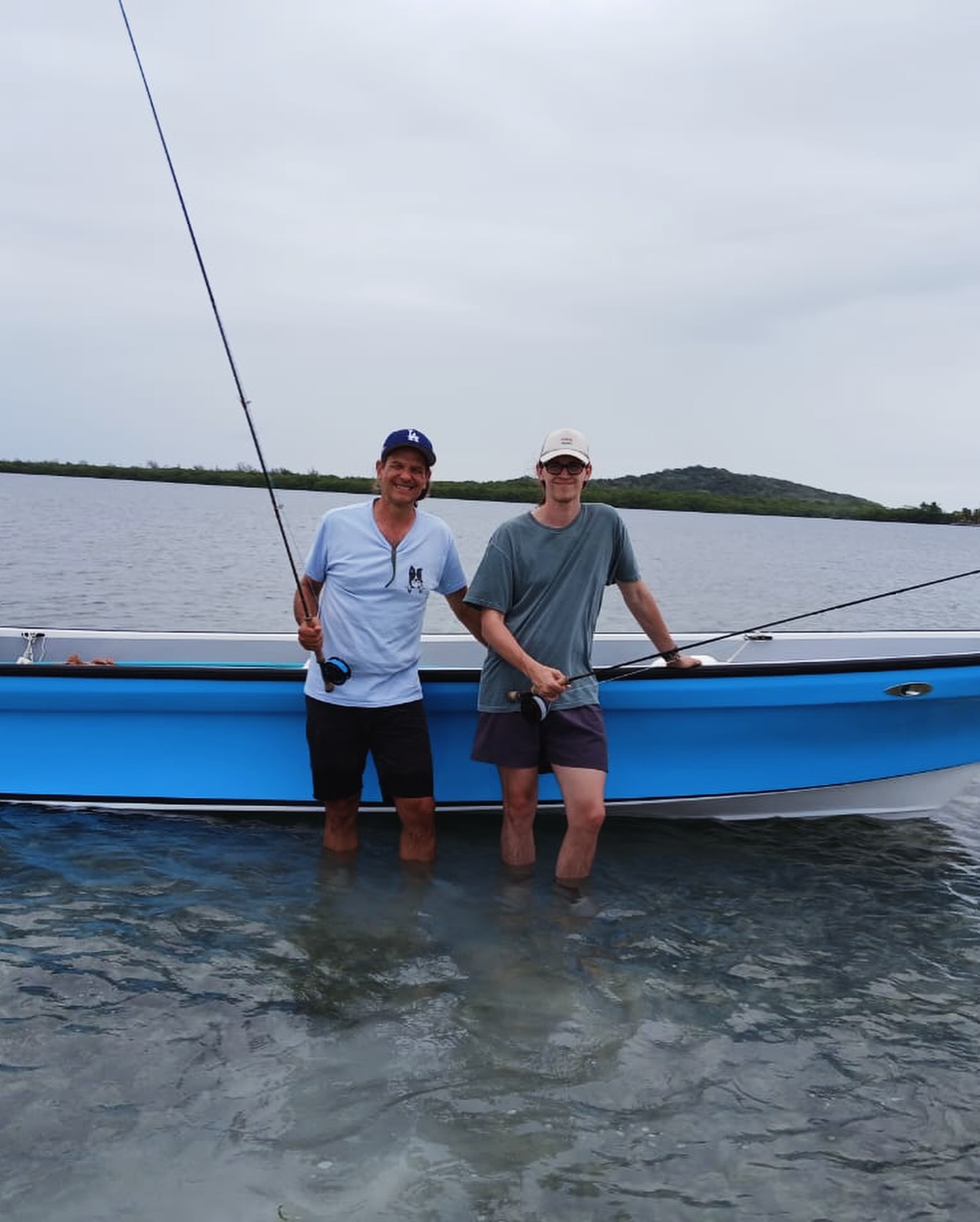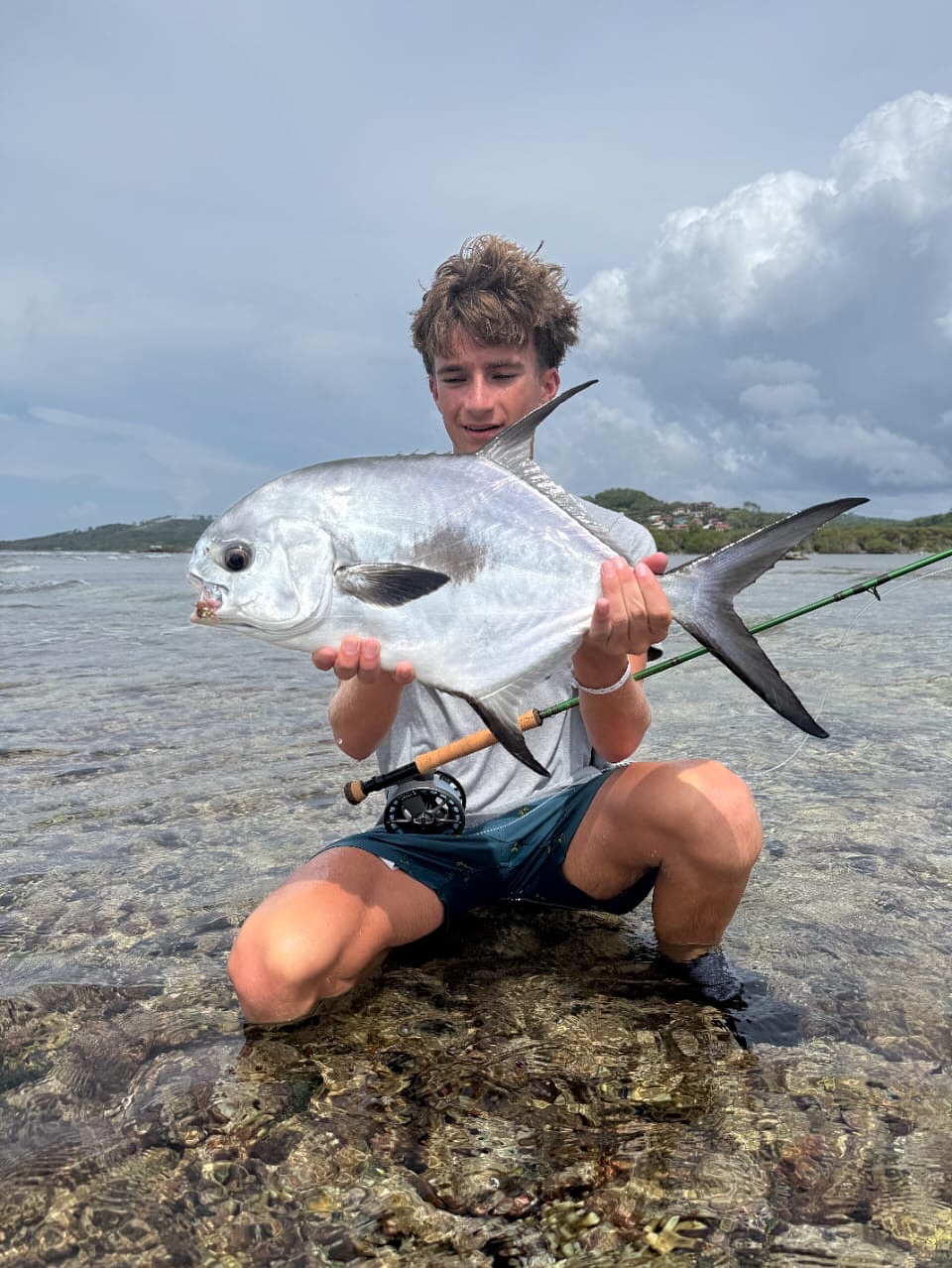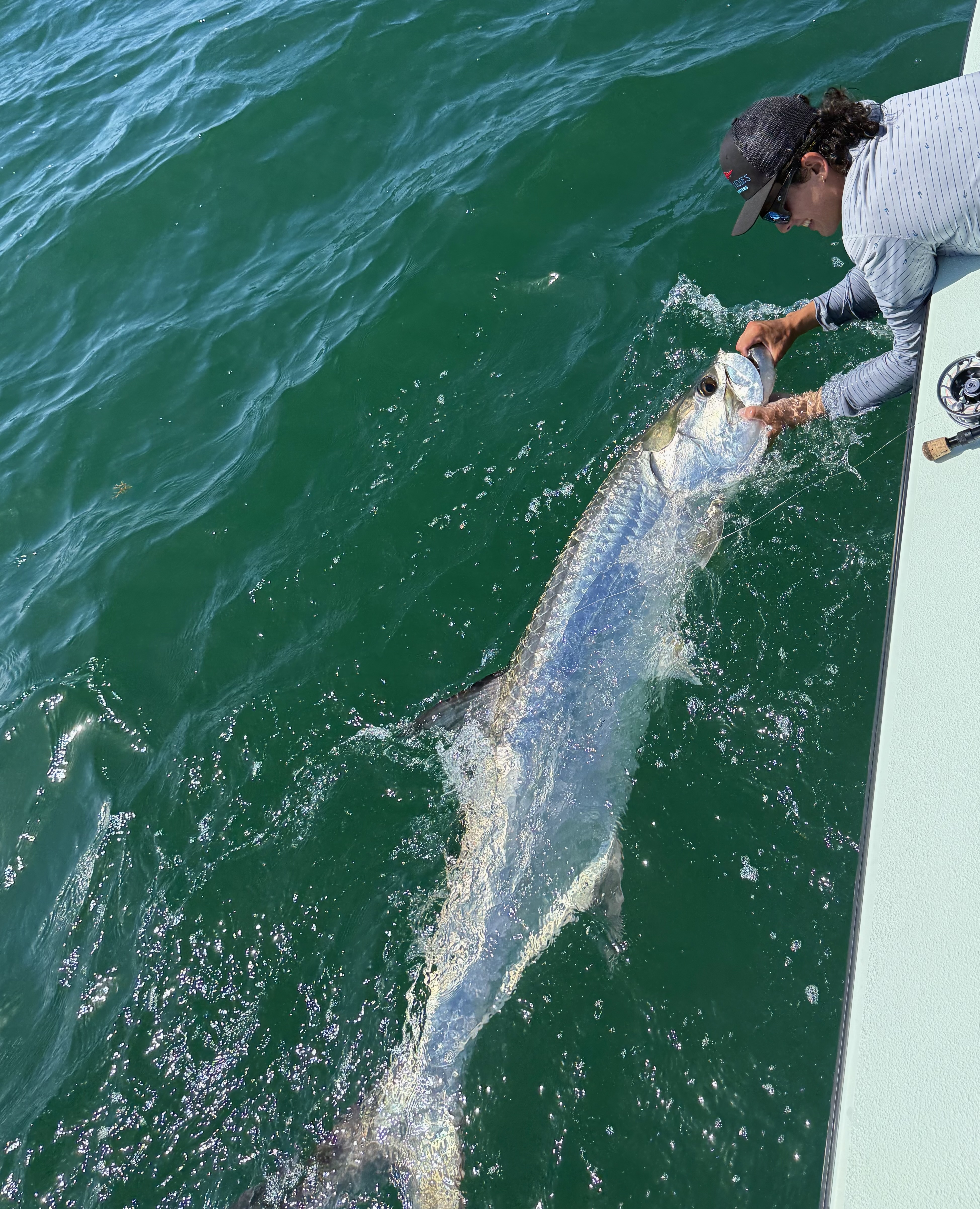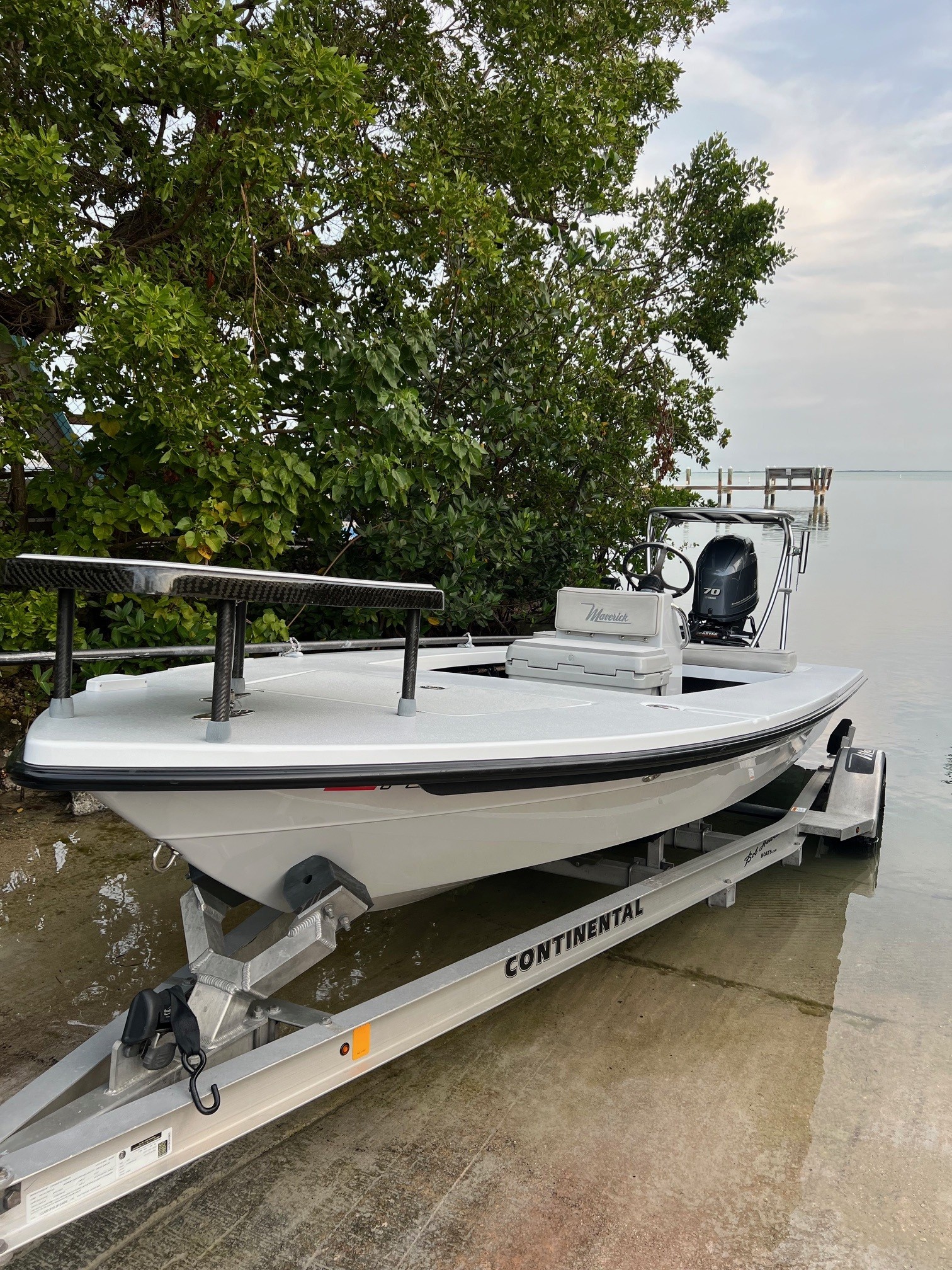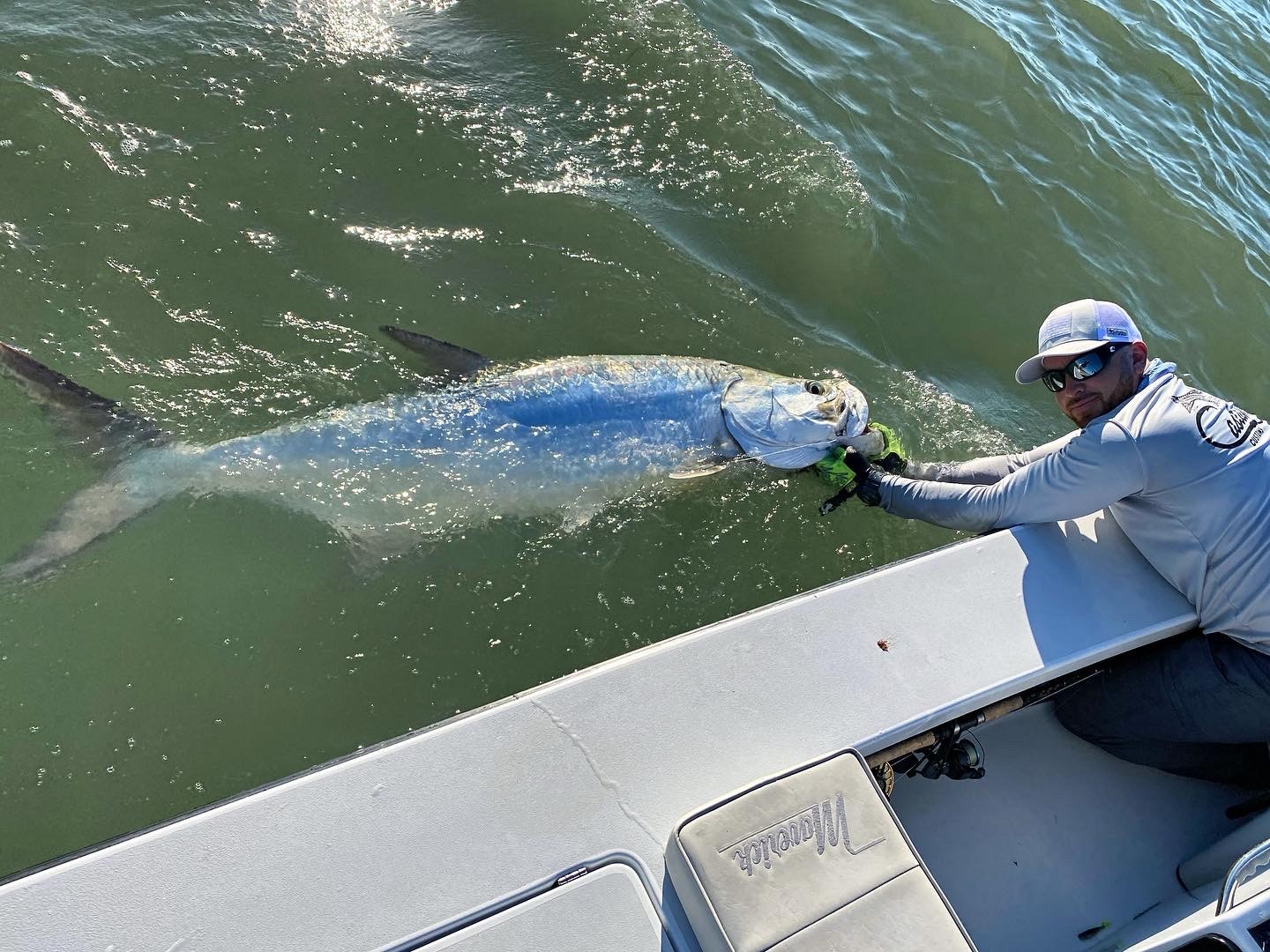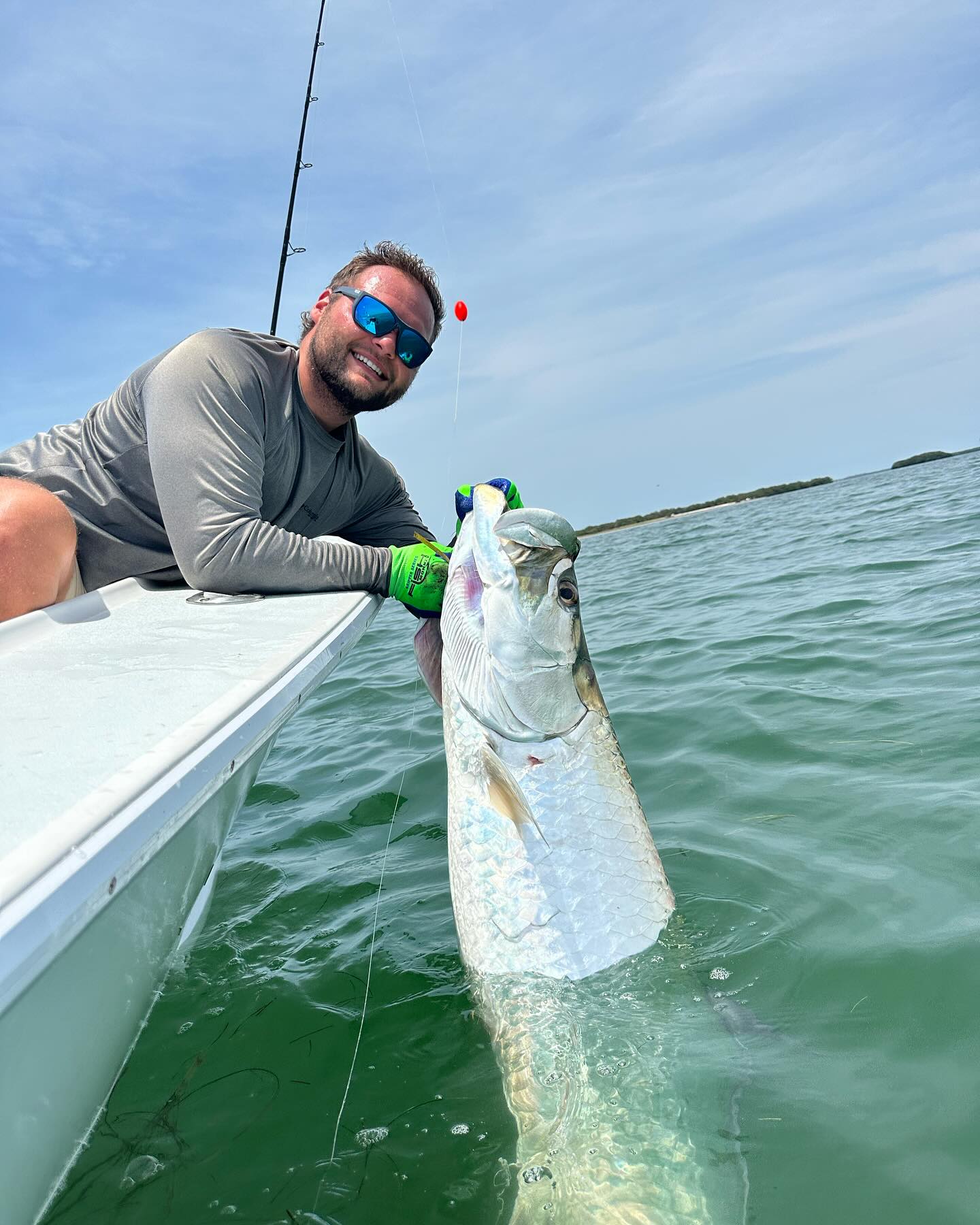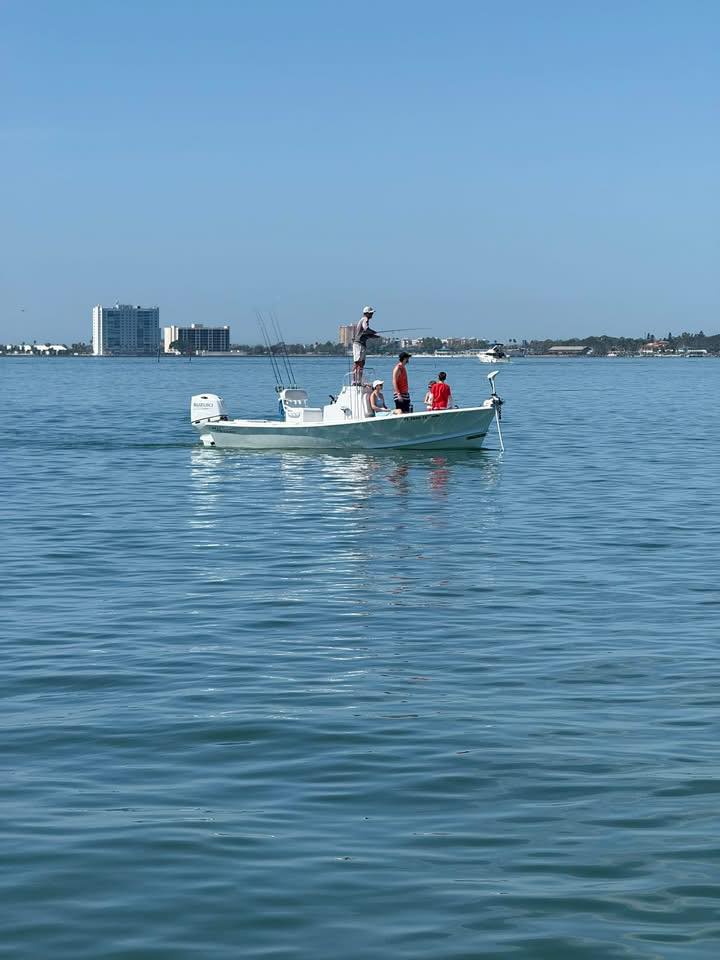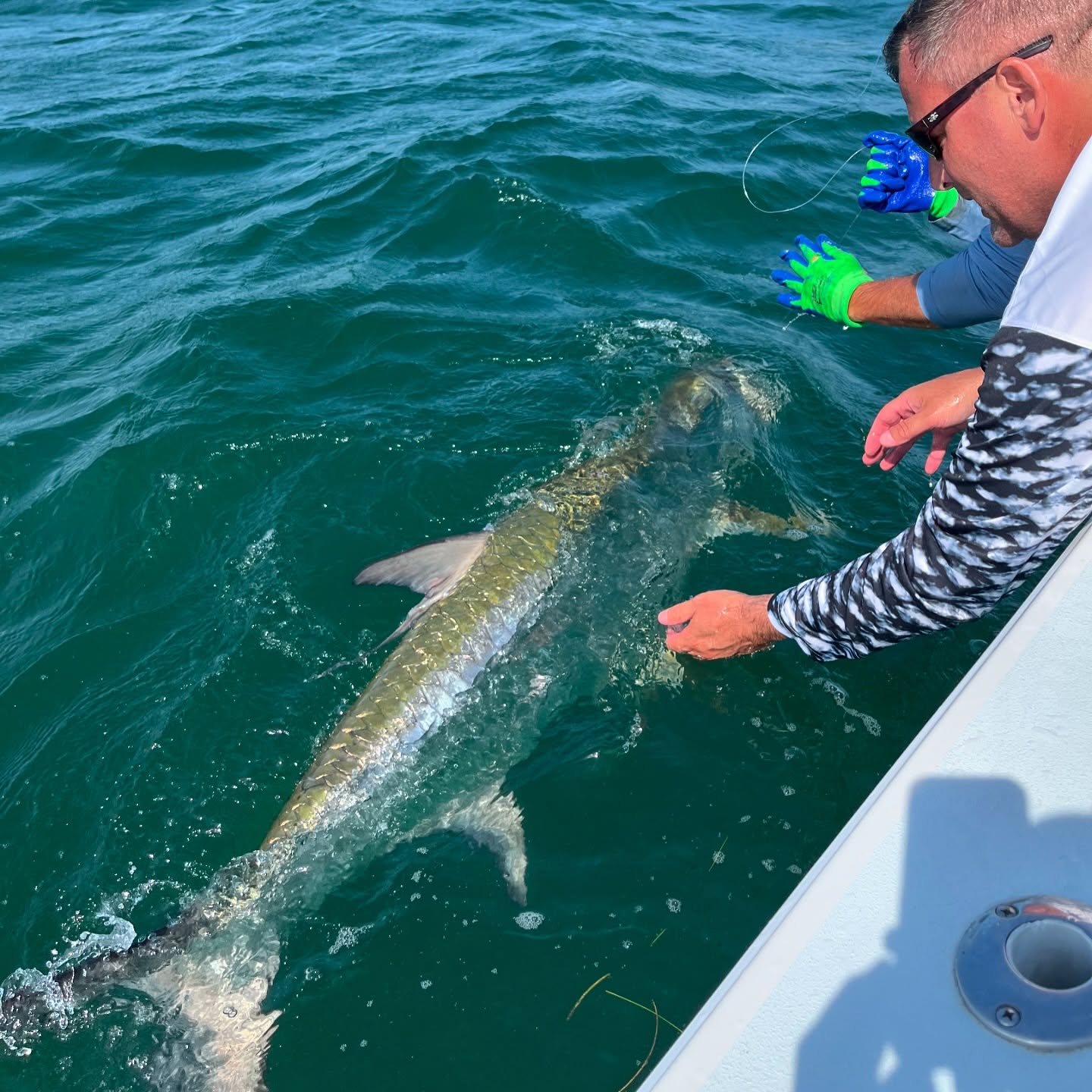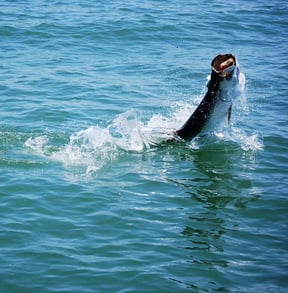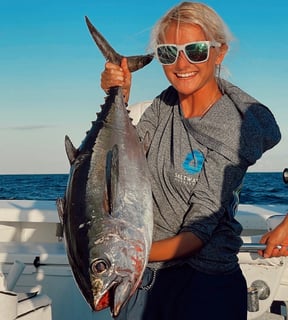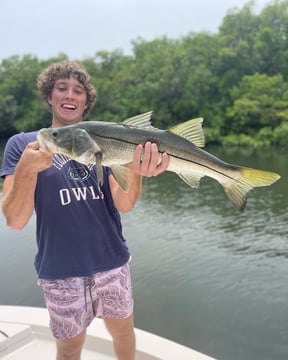Inshore, Flats Fishing in Pineland
Fly Fishing Pineland
Inshore, Jetty, River in New Smyrna Beach
Inshore, Bridge And Inlet
Inshore, Flats Fishing in New Smyrna Beach
Inshore Fishing Trip
Fly Fishing
Inshore, Nearshore Fishing in Placencia
Spin Fishing
Inshore, River, Flats in Folly Beach
3-6 Hr – Inshore Trip
Inshore, Flats Fishing in Oakridge
Honduras Fly & Light Tackle
Inshore, Flats Fishing in San Juan
Sight Fish PR's Clearwater Flats
Inshore, Nearshore, Flats in Homestead
Flamingo Flats Fishing
Inshore Fishing in St. Petersburg
6-8 Hour Tarpon Trip
We started Captain Experiences to make it easy to book fishing and hunting guides around the world. With over 2,000 Damn Good Guides, our platform makes finding and booking a trip seamless. Head here to check out our trips.
What Are Tarpon?
Tarpon, also known as the silver king, are huge predatory fish that hunt the shallow waters of the Atlantic and Pacific Oceans. The body of a tarpon is long and covered in big silvery scales that is accented by a darker olive to black back. These fish can grow up to eight feet long and weigh as much as 280 pounds which makes them a truly giant fish in shallow waters. Despite their size, Tarpon are incredibly acrobatic especially when hooked which makes landing them even harder than getting one to eat. All of these qualities make tarpon a challenging fish to catch but also one of the most popular bucket list fish.
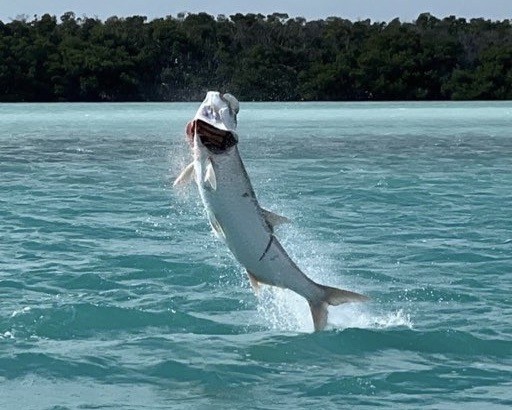
Where are Tarpon Found?
Atlantic tarpon can be found from Virginia to Brazil, in the Caribbean, and the Gulf of Mexico. The Indo-Pacific tarpon can be found near southeast Asia, Japan, Tahiti, Australia, and the eastern African coast.
Tarpon can be found feeding in shallow saltwater and brackish environments. These giant predators prefer inshore, nearshore, and backcountry waters but strongly prefer to feed on the shallow flats. Tarpon migrate throughout the year to find food and chase warm tropical waters. The most well-known place to target tarpon is in Florida, especially the Florida Keys, where they are known to patrol the flats, canals, and bays.
Tarpon On The Flats
From Isolated atolls in the middle of the Pacific Ocean to Key West, all the way back to the Seychelles, Intertidal Flats ecosystems are some of the most beautiful and dynamic aquatic habitats on the planet. This holds especially true for the Florida Key’s seagrass flats that have such a special meaning to me. Aquatic plants help keep the water on the flats crystal clear while providing shelter for all kinds of marine life including snails, shrimp, crabs, turtles, stingrays, and manatees.
Flats are found in the vicinity of mainland or barrier island coastlines across the world. These aquatic environments are characterized by very shallow water and are highly sensitive to tides. Often during low tides, they drain entirely and be left fully exposed. Flats have low oxygen levels because the water is extremely shallow and is easily heated by the sun. This means that the organisms that live there must be able to tolerate the extreme environment. For this reason, most fish species only visit the flats to feed before retreating to deeper, more oxygen-rich, water.
How To Catch Tarpon?
The best place to target tarpon is when they are more visible in shallow waters like the flats. These large predators can easily be targeted in shallow water by sight casting. Anglers fishing for tarpon on the flats have two options for sight casting. The first option is to use traditional tackle while throwing artificial or live bait. For the ultimate challenge, fly fishing for tarpon is an incredibly rewarding experience.
Fishing For Tarpon
When targeting tarpon with a traditional rod and reel, strong tackle is highly recommended. These fish are powerful and can straighten a hook or break the line is things are setup properly. When using natural bait, mullet, pinfish, crabs, and shrimp, are a great option. When throwing artificial baits, anything that imitates the previously mentioned prey is a good call but be sure to bring a variety of options. Tarpon are notoriously picky and if they aren't biting, mixing up the color, presentation, or action can help you be successful.
Fly Fishing For Tarpon
First and foremost, tarpon require a heavyweight fly rod and disc drag reel. Without these crucial pieces of tackle catching a tarpon will be nearly impossible. A 12 weight fly rod is standard for tarpon but depending on conditions and preference you may want to go lighter or heavier.
When it comes to selecting flies to target tarpon, crab imitations tend to be the most popular. If there is a run of bait fish or shrimp in the area, flies resembling these other food sources are a better choice. When fishing in clear conditions with plenty of light, natural colors like shades of brown with high visibility accent colors provide a better presentation. When fishing in low light conditions switching to darker shades of purple or blue offer better visibility.
Tips for Catching Tarpon
Tarpon are easily spooked by loud noises, such as loud boat motors, so using an electric motor or poling is recommended. “Bowing to the king” is no joke, as tarpon are tenacious fighters. When they jump, it is vital to quickly lower the tip of your rod. This will help to keep your line from breaking against the tarpon.
If you can, hiring an experienced guide can be extremely helpful. They will be able to assist you in both catching and landing a beautiful tarpon. A guide will be able to advise you on when to apply pressure or relax the line and whether to chase the fish or hold the position.
When is The Best Time to Catch Tarpon?
Tarpon feed at dawn and dusk, making the best time to fish for them early in the morning and late in the afternoon. Within the United States, they can be found on the Gulf Coast from May to July and April through June on the Atlantic Coast. Outside of the country in Mexico and Costa Rica, the tarpon fishing is great throughout the year.
Joey Butrus
Updated on July 31, 2023

January 7, 2022

June 22, 2022

March 8, 2022

May 13, 2024
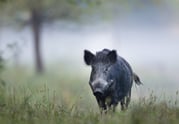
November 7, 2023
Related Articles
April 15, 2022
February 8, 2023
April 11, 2023
Featured Locations
- Fishing Charters Near Me
- Austin Fishing Guides
- Biloxi Fishing Charters
- Bradenton Fishing Charters
- Cabo San Lucas Fishing Charters
- Cancun Fishing Charters
- Cape Coral Fishing Charters
- Charleston Fishing Charters
- Clearwater Fishing Charters
- Corpus Christi Fishing Charters
- Crystal River Fishing Charters
- Dauphin Island Fishing Charters
- Daytona Beach Fishing Charters
- Destin Fishing Charters
- Fort Lauderdale Fishing Charters
- Fort Myers Fishing Charters
- Fort Walton Beach Fishing Charters
- Galveston Fishing Charters
- Gulf Shores Fishing Charters
- Hatteras Fishing Charters
- Hilton Head Fishing Charters
- Islamorada Fishing Charters
- Jacksonville Fishing Charters
- Jupiter Fishing Charters
- Key Largo Fishing Charters
- Key West Fishing Charters
- Kona Fishing Charters
- Lakeside Marblehead Fishing Charters
- Marathon Fishing Charters
- Marco Island Fishing Charters
- Miami Fishing Charters
- Montauk Fishing Charters
- Morehead City Fishing Charters
- Naples Fishing Charters
- New Orleans Fishing Charters
- New Smyrna Beach Fishing Charters
- Ocean City Fishing Charters
- Orange Beach Fishing Charters
- Panama City Beach Fishing Charters
- Pensacola Fishing Charters
- Pompano Beach Fishing Charters
- Port Aransas Fishing Charters
- Port Orange Fishing Charters
- Rockport Fishing Charters
- San Diego Fishing Charters
- San Juan Fishing Charters
- Sarasota Fishing Charters
- South Padre Island Fishing Charters
- St. Augustine Fishing Charters
- St. Petersburg Fishing Charters
- Tampa Fishing Charters
- Tarpon Springs Fishing Charters
- Venice Fishing Charters
- Virginia Beach Fishing Charters
- West Palm Beach Fishing Charters
- Wilmington Fishing Charters
- Wrightsville Beach Fishing Charters


